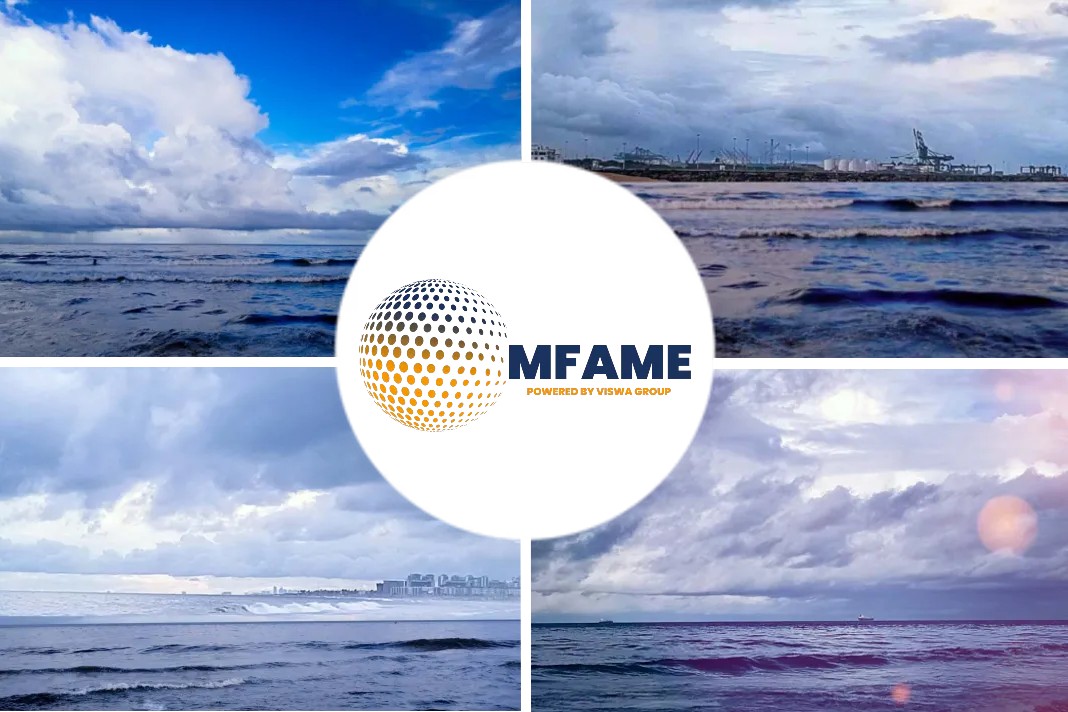 Efforts have been underway at the IMO for some time to ensure that oil-based bunker fuels, when delivered to ships, comply with the flashpoint limit of 60⁰C stipulated under SOLAS.
Efforts have been underway at the IMO for some time to ensure that oil-based bunker fuels, when delivered to ships, comply with the flashpoint limit of 60⁰C stipulated under SOLAS.
The subject came up during the run-up to the IMO 2020 sulphur limit, amid concerns about the potential impact on ship safety associated with the move to fuels complying with the 0.50% sulphur limit required under MARPOL Annex VI, says in article published on their website.
Regulation near completion
Some elements of the additional regulations under SOLAS are now near completion and on course for approval at MSC 105, which is expected to meet toward the end of the second half of 2022. MSC 103 re-established a correspondence group (CG) to continue this work, which will report to MSC 105 as there’s not sufficient time to have the CG finalise the work prior to MSC 104, which will meet later this year.
Instruction to CG
The CG has been instructed to:
- Draft SOLAS amendments relating to reporting of confirmed cases where oil fuel suppliers have failed to meet IMO flashpoint requirements.
- Draft SOLAS amendments on actions against oil fuel suppliers that have been found to deliver oil fuel that does not comply with minimum flashpoint requirements.
- Develop mandatory requirements regarding the documentation of the flashpoint of the actual fuel batch when bunkering.
- Develop guidelines for ships to address situations where indicative test results suggest that the oil fuel supplied may not comply with SOLAS regulation II-2/4.2.1
- Collect information on and consider possible measures related to oil fuel parameters other than flashpoint.
Discussions on flashpoint regulations during MSC 103
Requirement for Contracting Governments to report confirmed cases where oil fuel suppliers have failed to meet the requirements specified in SOLAS regulation II-2/4.2.1.
Requirements regarding documentation of the flashpoint of the actual fuel batch when bunkering, the majority view appears to support requiring that suppliers should report the actual flashpoint of the fuel delivered to the ship.
At MSC 103, IBIA highlighted that we have yet to hear a good reason for requiring the actual flashpoint to be reported to the ship, as opposed to a statement that it meets the 60⁰C limit, because operationally the actual flashpoint should not matter; normal safety procedures still need to be applied.
IBIA also explained that it is common practice during fuel testing to stop the test to determine flashpoint once the sample has been heated to 70⁰C or above, because that suggests that the 60⁰C limit has been met and no further testing is considered necessary. As such, the practical considerations and consequences do not appear to merit requiring an actual flashpoint value to be documented.
IBIA also commented on a proposal by ICS and the Cook Islands in MSC 102/6/2 to require a representative sample for the purpose of testing flashpoint to be taken at the time of delivery, which seeks to mandate the sampling location at the ship’s inlet manifold.
How big is the problem?
Fuel testing agencies have data on flashpoint from fuels actually delivered to ships. While statistics vary a little between them, ISO/TC28/SC4/WG6, the ISO committee in charge of ISO 8217, has gathered data from most of the major testing agencies, which should give a fair overall representation.
Interestingly, an information document submitted to IMO by China (MSC 102/INF.18), reporting on lessons learned from three explosions in fuel oil tanks and two explosions of components of fuel oil booster unit/systems, showed that only one of those cases related to a fuel with a flashpoint below the SOLAS limit, reportedly measured at 37°C. In the other cases, the flashpoint had been measured above, and in some cases well above, 60°C.
Incidents caused by low flashpoint fuels, fortunately, appear to be very rare. IBIA has previously been informed by the fuel testing arm of Lloyd’s Register, GMT/FOBAS, that LR has no records of incidents caused by low flashpoint fuels from 1970 and up to 2010, only for auto-ignition point.
Summary
- Efforts have been underway at the IMO to ensure that oil-based bunker fuels, when delivered to ships, comply with the flashpoint limit of 60⁰C stipulated under SOLAS.
- During MSC 103 discussion for Requirement for Contracting Governments to report confirmed cases where oil fuel suppliers have failed to meet the requirements specified in SOLAS regulation II-2/4.2.1.
- Requirements regarding documentation of the flashpoint of the actual fuel batch when bunkering also discussed during MSC 103
- Incidents caused by low flashpoint fuels, appear to be very rare. IBIA has previously been informed by the fuel testing arm of Lloyd’s Register, GMT/FOBAS, that LR has no records of incidents caused by low flashpoint fuels from 1970 and up to 2010, only for auto-ignition point.
Did you subscribe to our daily newsletter
It’s Free! Click here to subscribe!
Source: ibia.net


















